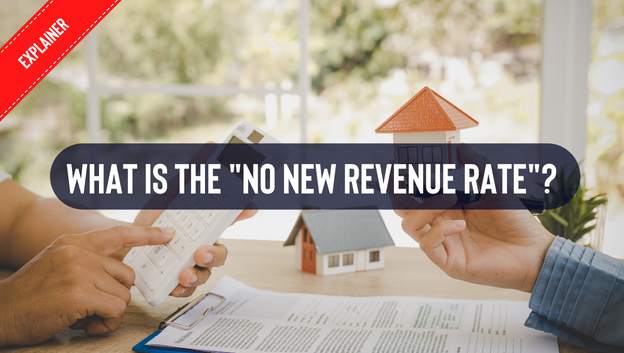
by TFR Staff | Jun 30, 2022 | Explainers
In a year that has resulted in crushing property tax burdens for the majority of Texans, Texans for Fiscal Responsibility (TFR) has set its sights on giving as much transparency to the property tax process in Texas as possible. Most Texas taxpayers have already...

by Jeramy Kitchen | Jun 29, 2022 | Texe Lege
A reprieve from taxes, however significant, is always welcome news for Texas taxpayers, well… at least for the ones that directly benefit from that reprieve. At a recent Senate Finance Committee hearing, State Sen. Charles Schwertner (R-Georgetown) inquired about the...

by Jeramy Kitchen | Jun 22, 2022 | News, State
Wednesday, the Republican Party of Texas announced the final list of 8 legislative priorities, approved by delegates to the state convention which took place last week. This announcement is notable for several reasons, chief among them being that the state legislature...

by Jeramy Kitchen | Jun 21, 2022 | News, State
In an interview with The Texan, Texas Comptroller Glenn Hegar indicated that it is possible Texas will have an estimated $30 billion account balance when the Texas Legislature reconvenes in January of 2023. In March, we reported that it was estimated to be near $25...

by TFR Staff | Jun 20, 2022 | News, State
Thousands of Republicans from across the state of Texas, descended into Houston last week to participate in crafting the platform for the Republican Party of Texas (RPT) among other party organizational items for the next two years. Elected delegates to the convention...








